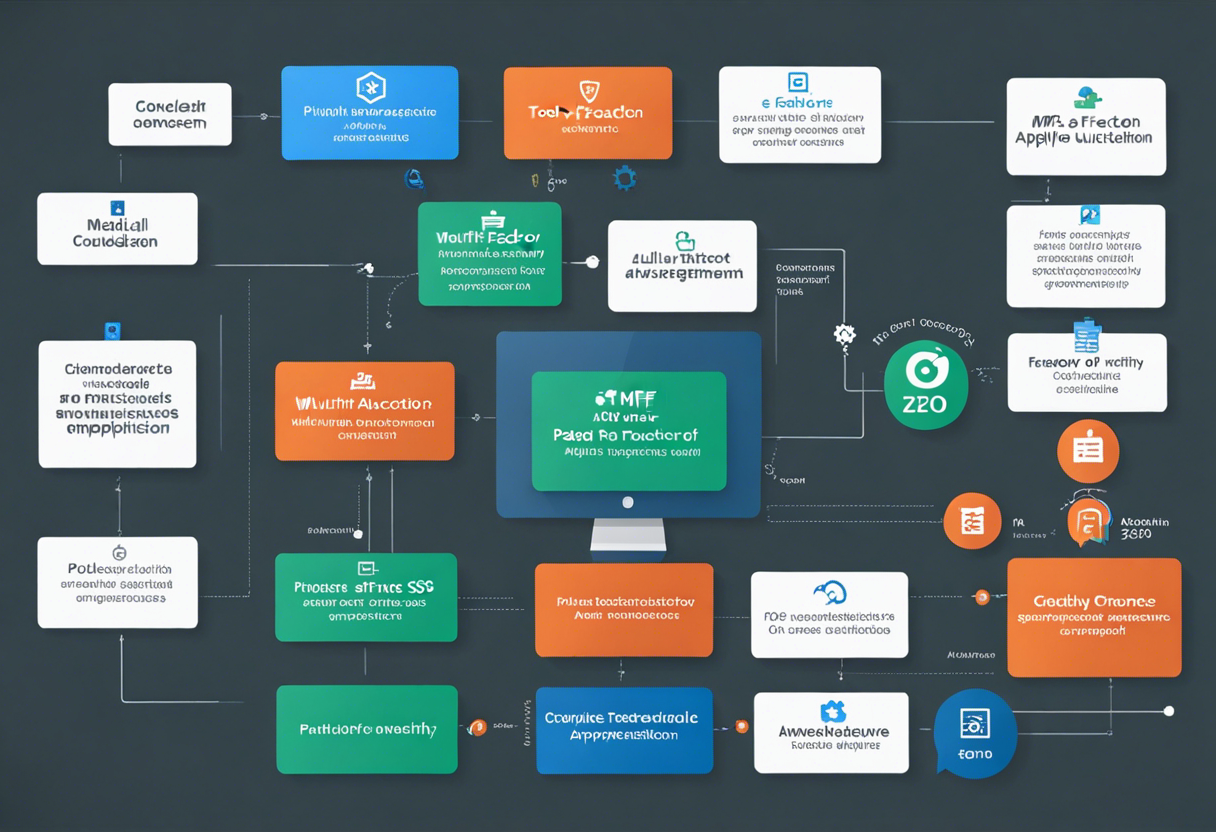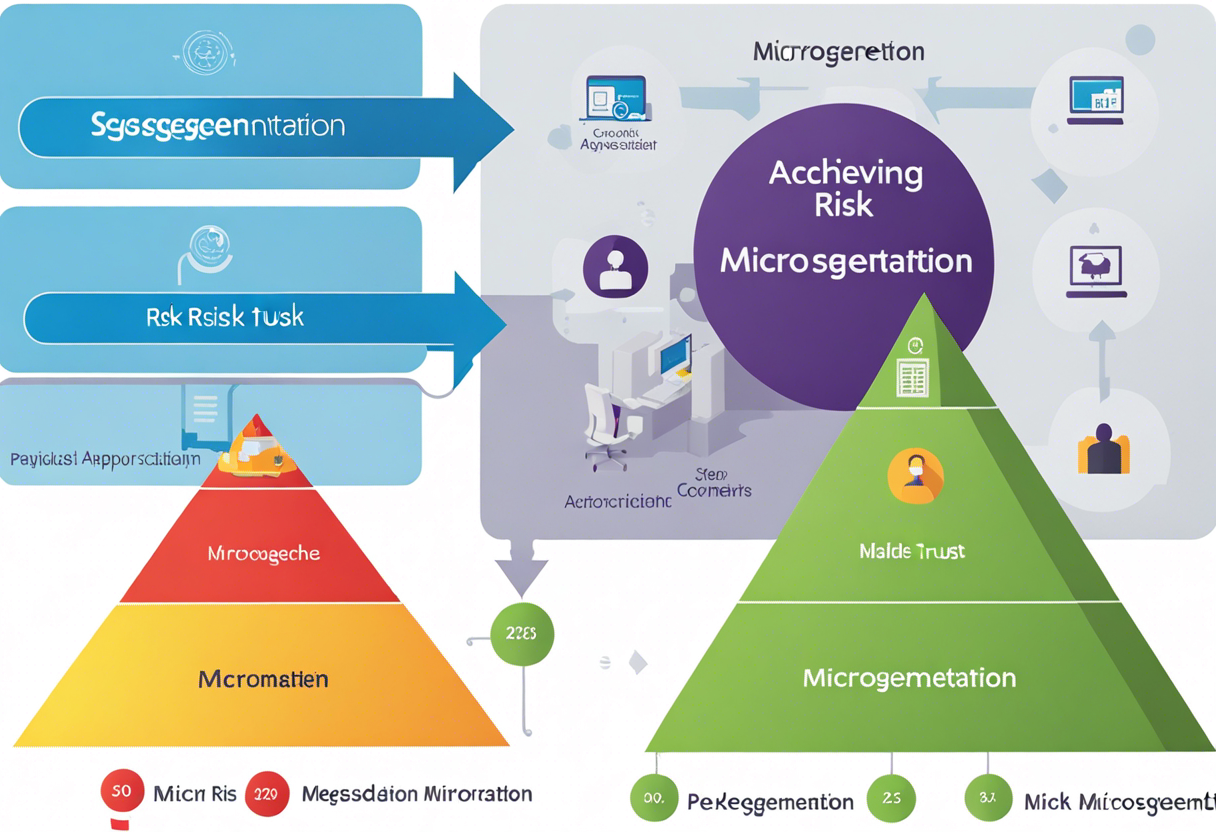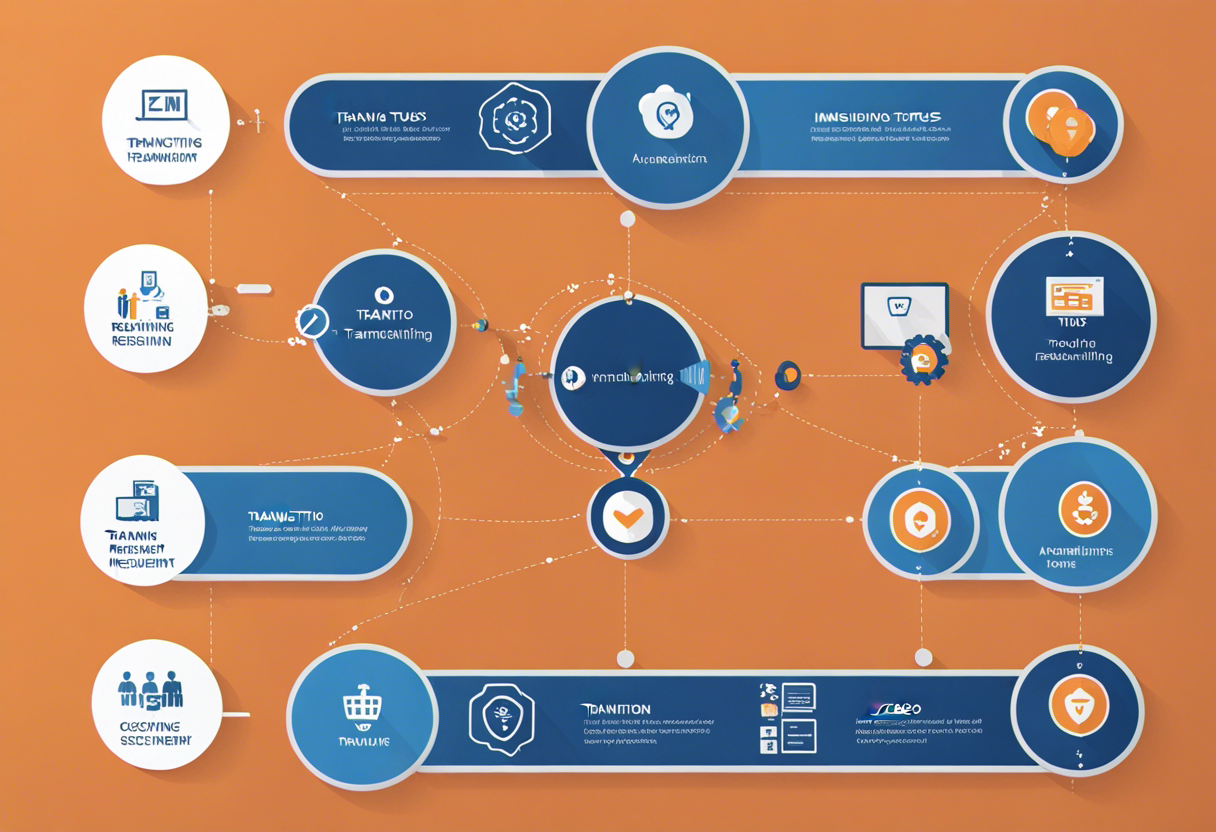Mastering the Matrix: A Top Five Deep Dive into the Universe of Zero Trust Identity and Access Management
As the digital environment grows more complex, security measures need to evolve. This has led to the evolution of Zero Trust Identity and Access Management (IAM), a security concept based on the principle that trust should never be automatically given, irrespective of where a user or system resides, inside or outside the network perimeters. The concept focuses on managing identities and limiting access to avoid security risks. Deepening our understanding of this model requires unpacking its core components: verification, least privilege access, and microsegmentation.
Verification is an essential step in the Zero Trust IAM model. Users must be verified meticulously each time they request access, ensuring no impersonation or malicious actions. This process is not solely about verifying the identity of users, it also extends to devices and applications that need permission to move within the network.
Elements and Tools of Zero Trust IAM

Expanding our understanding of the Zero Trust IAM model involves exploring the tools and strategies used for effective implementation. Key elements include multi-factor authentication (MFA), single sign-on (SSO), context-aware policy enforcement, and analytics and reporting capabilities.
MFA is a security feature requiring users to present multiple instances of evidence to validate their identity, providing an extra layer of security. SSO, on the other hand, allows users to access multiple applications or services using one set of credentials, reducing the probability of weak or repeated passwords.
The Power of Context Awareness

A critical layer in the Zero Trust IAM model is context awareness. Allowing for the use of contextual factors, such as time, location, and behavior when making access decisions, bolsters security. Using these variables can identify deviations indicating potential anomalies or malicious activities that require immediate attention.
Achieving Risk Reduction with Microsegmentation

Microsegmentation, a principle of zero trust, helps break networks into small, isolated segments to provide secure and separate access to different parts of an organization's system. This approach ensures that in the event of a security breach, access to other segments is not compromised, limiting potential damage.
Transitioning to Zero Trust IAM

Transitioning to a Zero Trust IAM model is not a one-time process; it requires careful planning, training, and adjustment to fit the unique needs of an organization. Transition steps include outlining security requirements, understanding user behavior, role-based access control, setting up MFA, applying microsegmentation, and continual monitoring.
The Future of Zero Trust IAM

With increasing cyber threats and evolving IT landscape, Zero Trust IAM has garnered significant attention. It plays a crucial role in the future of cybersecurity by providing a comprehensive and effective approach, securing digital identities and systems. By continuously verifying, making context-aware decisions, and enforcing least privilege access, we can ensure a safer digital world for everyone.







